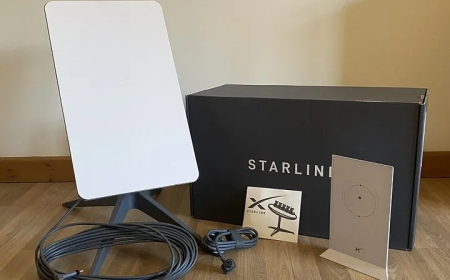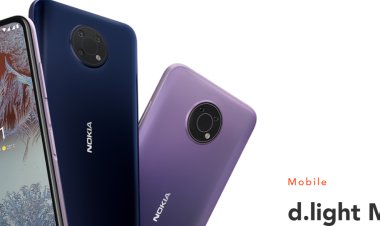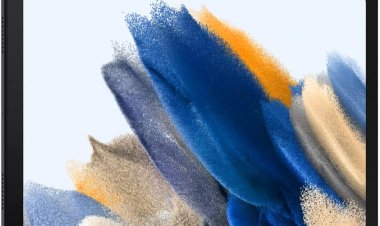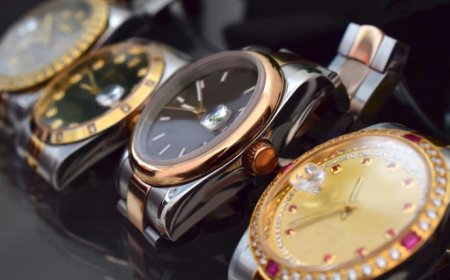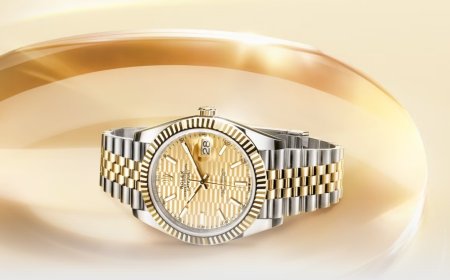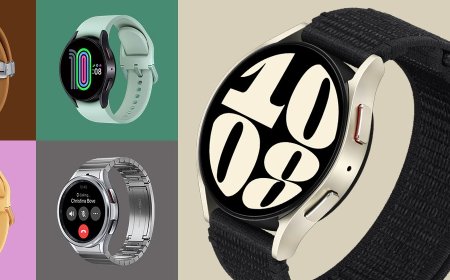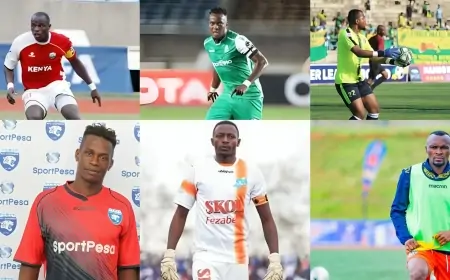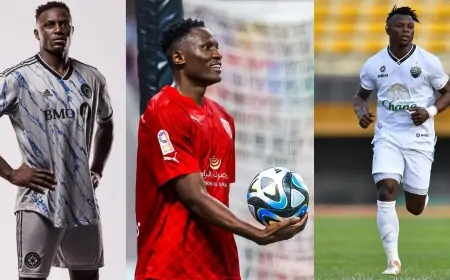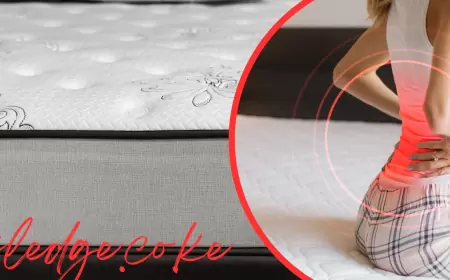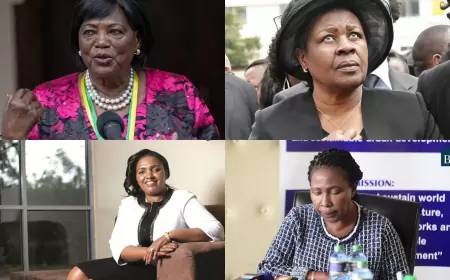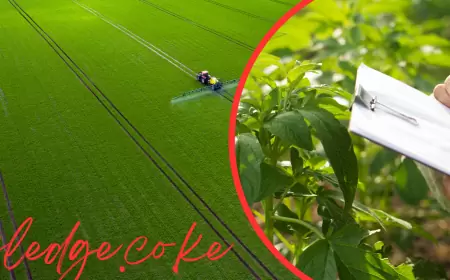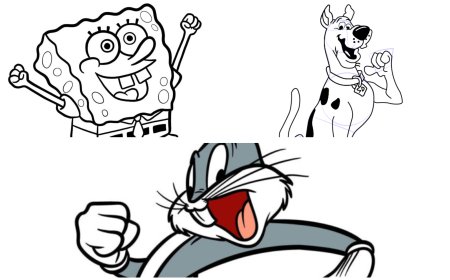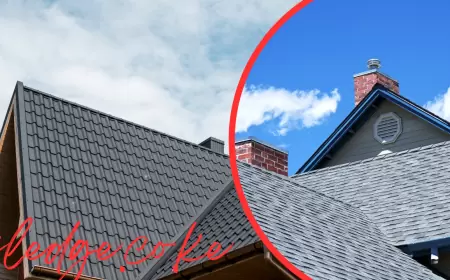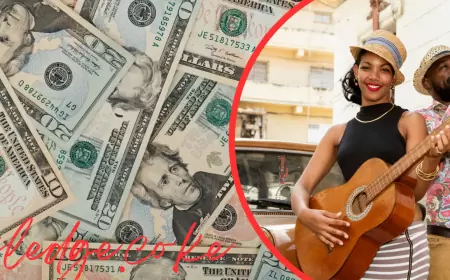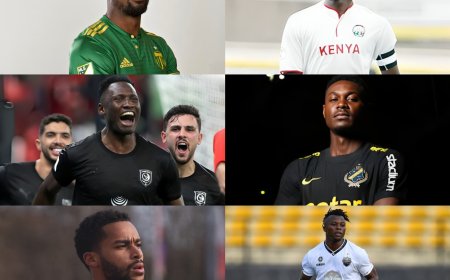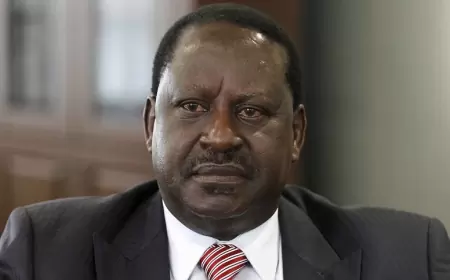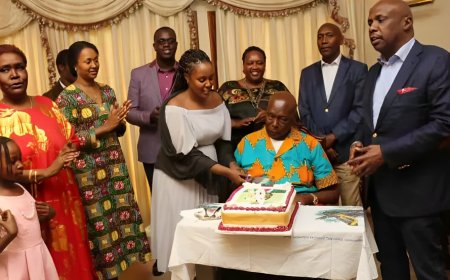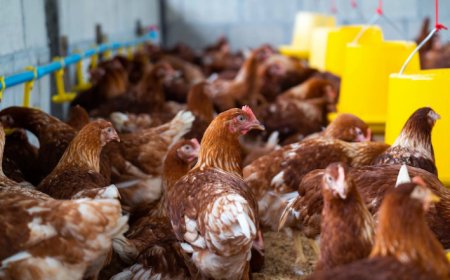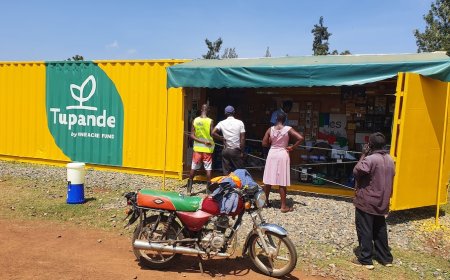Kenya Police Ranks and Badges in Order from Lowest to Highest (Update 2024)
Explore the hierarchy of Kenya Police Service ranks, from corporal to superintendent, and get insights into the roles and responsibilities of each rank.

Have you ever wondered about the Kenya Police Service and the significance of their ranks and badges? Whether you're a curious learner or someone keen on understanding the law enforcement structure in Kenya, this article is for you. The Kenya Police Service, a crucial part of the country's security framework, is organized in a hierarchy of ranks, each denoted by unique badges and insignias. These symbols of authority are not just mere decorations but represent the level of responsibility, expertise, and the role of officers within the force.
From the Corporal, the first rung on the ladder, to the Inspector General, the pinnacle of police leadership, each rank plays a pivotal role in maintaining law and order. Understanding this hierarchy and the associated badges is exciting and vital for those who interact with these officers daily. It helps recognize the level of authority and the division of duties among the police force.
In this detailed exploration, we will dive into the diverse ranks within the Kenya Police Service, starting from the lowest to the highest. We'll uncover each badge's intricacies, symbolism, and the uniforms accompanying these ranks. So, buckle up as we embark on this enlightening journey through the ranks of the Kenya Police Service. This journey will enhance your understanding and appreciation of the men and women who work tirelessly to ensure the safety and security of Kenyans.
READ ALSO: Social Health Insurance Fund (SHIF) in Kenya: Registration, Contributions, Benefits, and More
Understanding the Lower Ranks
1. Corporal

The journey through the Kenya Police Service ranks begins with the Corporal, the foundational layer of the police structure. A Corporal's badge is distinct, featuring two bars of worsted red chevrons on a dark blue or maroon Melton cloth. This simple yet significant insignia, devoid of any service name inscription, sets apart the Corporals as the first line of leadership within the force. Their plain cap peak and navy blue, maroon, or khaki lanyard further denote their position.
2. Sergeant

Moving a step up, we find the Sergeant. Holding a slightly higher position, Sergeants' badges are identifiable by their three worsted red chevrons on a similar dark cloth. Like Corporals, Sergeants also have a plain cap peak, but their role encompasses more responsibility, acting as intermediaries between junior officers and higher command. Their badges, while similar, distinguish them as more experienced members of the force, essential in the day-to-day operations of the Kenya Police Service.
3. Senior Sergeant

The Senior Sergeant, occupying the third lowest rank, acts as a bridge between the lower and middle tiers of the police hierarchy. Their badge is more elaborate, with three red chevron bars and the Kenya Coat of Arms National colors. This embellishment on their badge symbolizes their elevated status and closer alignment with the higher echelons of the force. The Senior Sergeant's role is pivotal in translating higher commands into actionable tasks, ensuring the smooth functioning of police duties at the ground level.
4. Inspector

As we ascend the ranks, we encounter the Inspector, a role that marks the gateway to more advanced responsibilities. Inspectors' badges are adorned with two military pattern stars, a clear distinction from the lower ranks. Their role is critical in overseeing police operations and guiding junior officers. The presence of the service name on their badge signifies their closer association with the administrative aspects of the police force. Inspectors are often seen as the face of police leadership at local levels, bridging the gap between ground operations and higher command directives.
5. Chief Inspector

The Chief Inspector, holding the fifth-lowest rank, plays a pivotal role in the Kenya Police Service. Their shoulder badge, featuring three military pattern stars, signifies their seniority in the middle management of the police force. Chief Inspectors are integral in the strategic planning and implementation of police operations. Their uniform, especially during ceremonial occasions, reflects their importance within the force hierarchy, with silver or gold collar badges signifying their esteemed position. As a key link between the lower ranks and the upper echelons, Chief Inspectors ensure that the force's objectives are efficiently executed.
Middle Management in Police Hierarchy
6. Assistant Superintendent

In the Kenya Police Service, the Assistant Superintendent represents an essential leap in leadership. Positioned as the sixth-lowest rank, their shoulder badge, showcasing a lion within a laurel wreath, symbolizes their growing influence. The plain cap peak and the variation in lanyard colours according to the service they belong to underscore their increasing responsibilities. Assistant Superintendents play a critical role in implementing policies and strategies, often serving as the operational backbone of the police force.
7. Superintendent of Police

The Superintendent of Police, holding the seventh-lowest rank, steps into a more pronounced command role. Their shoulder badge, featuring a single military pattern star with a lion badge, signifies their ascendancy in the police hierarchy. The unadorned cap peak and service-specific lanyard colours reflect their adherence to the force's standards. Superintendents are crucial in directing large-scale operations and are often seen as critical decision-makers within their jurisdictions, embodying the strategic vision of the police service.
8. Senior Superintendent of Police

The Senior Superintendent of Police is an essential bridge between middle management and the upper echelons. Ranking eighth from the bottom, their badge is adorned with two military pattern stars and a lion badge, alongside distinct gorget patches and a cap peak embellished with silver or gold cord. This rank is instrumental in overseeing significant operational sectors within the police service, ensuring that policies and directives from the top are effectively implemented on the ground.
9. Commissioner

The Commissioner holds a crucial high-level leadership position, ranking fifth-highest in the Kenya Police Service. Their shoulder badge, featuring two crossed spears in a laurel wreath with a military pattern star, reflects their prestigious role. The gorget patches and cap peak, with intricate silver or gold lace, denote their significant command responsibilities. Commissioners are pivotal in shaping police policies and strategies, often serving as key figures in national security matters.
10. Assistant Inspector General

The Assistant Inspector General, the fourth-highest rank, marks the pinnacle of middle management in the Kenya Police Service. Their shoulder badge, displaying two military pattern stars atop a crossed scimitar sword and swagger cane, signifies their high-level command authority. The intricate gorget patches and cap peak lace highlight their critical role in strategic planning and oversight within the police force. Assistant Inspectors General are essential in driving the operational and administrative aspects of the service, ensuring alignment with national security objectives.
The Top Highest Ranks
11. Senior Assistant Inspector General

The Senior Assistant Inspector General, holding the third-highest rank in the Kenya Police Service, embodies strategic vision and leadership. Their shoulder badge, featuring a crossed scimitar sword and swagger cane inside a laurel wreath with a lion badge, signifies their eminent role in the force. These officers are pivotal in shaping the strategic direction of the police service, their uniform adorned with distinct gorget patches and cap peaks with dual rows of twisted oak leaf lace, symbolizing their prestigious position.
12. Deputy Inspector General

The Deputy Inspector General, the second-highest rank, stands just a step below the topmost position in the Kenya Police Service. Their shoulder badge, with a laurel wreath encircling a crossed scimitar sword and swagger cane, topped with a lion badge, showcases their near-pinnacle status. They are critical in overseeing the entire police force, ensuring operational efficiency and strategic alignment. The intricate details of their gorget patches and cap peak lace reflect their high-level authority and responsibility within the national security framework.
13. Inspector General

At the apex of the Kenya Police Service hierarchy sits the Inspector General, the highest rank within the force. This esteemed position is marked by a shoulder badge encapsulating the essence of ultimate authority – a laurel wreath surrounding a crossed scimitar sword and swagger cane, flanked by two lion badges. The Inspector General is responsible for the overall command, control, and administration of the police force. Their uniform, particularly during ceremonial occasions, speaks volumes about their status. The gorget black or maroon velvet patches and the cap peak adorned with two rows of twisted oak leaf lace underscore their supreme command. They are the embodiment of the police service's commitment to maintaining law and order, and their leadership is crucial in steering the force towards its goals and objectives. The Inspector General's role goes beyond mere administration; they symbolise the force's integrity, dedication, and commitment to serving the nation. This rank represents the highest level of authority and the epitome of service and sacrifice in the line of duty.
READ ALSO: How to Reverse M-Pesa Transactions to the Wrong Till Number
Conclusion
In conclusion, the Kenya Police Service ranks and badges represent a structured hierarchy of authority, responsibility, and service. Each rank, from the Corporal to the Inspector General, plays a vital role in maintaining peace and order, with their badges symbolizing their specific duties and levels of command. Understanding these ranks and insignias helps appreciate the organizational structure and the diverse roles within the police service.
FAQs
What is the difference between a Sergeant and a Senior Sergeant?
- A Sergeant is marked by three bars of worsted red chevrons, indicating a mid-level supervisory role. In contrast, a Senior Sergeant has an embellished badge with the Kenya Coat of Arms, signifying a higher supervisory position within the lower ranks.
How do the uniforms differ between the lower and higher ranks?
- Lower ranks, like Corporals and Sergeants, have more superficial badges and plain cap peaks. As one moves up the hierarchy, badges become more intricate, with features like military stars and lion badges, and uniforms include detailed elements like gorget patches and oak leaf laces on cap peaks.
What does the Inspector General's badge signify?
- The Inspector General's badge, with its laurel wreath, crossed scimitar sword, swagger cane, and lion badges, represents the highest level of command and authority within the Kenya Police Service.




